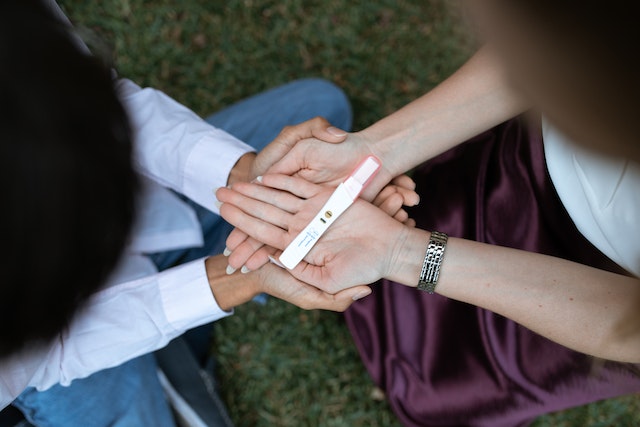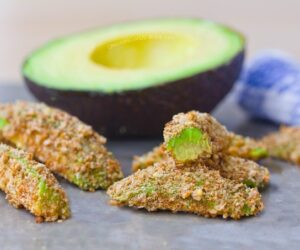
If you are at the point in your life where you are looking at starting a family, then there is a good chance you will want to learn a little more about fertility and your body.
Getting pregnant can be extremely easy for some and less so for others, and your fertility health and cycle will make a significant difference to quickly you will be successful.
This is why it is suggested that you track your fertility to make sure you are in the right place at the right time.
This piece will show you ten ways to do this, so read on to find out more!
1) Use a Calendar
One of the easiest ways to track your fertility is to use a calendar. The average cycle is between 21-35 days, and the average luteal phase (the time between when you ovulate and your next period) is around 14 days.
This is not a foolproof method and relies on the average of your cycles.
2) Basal Body Temperature
Some like to track their fertility by tracking their basal body temperature (BBT) – this is your body’s temperature when you first wake up in the morning. Your temperature is usually lower when you are ovulating and higher when you finish, which can indicate when you are most fertile.
3) Ovulation Test Kit
Using ovulation test strips can take the guesswork and tracking out of the equation by providing you with a clear indicator as to whether you are ovulating or not. You can use this similarly to a pregnancy test whenever you need.
4) Track Cervical Mucus
Cervical mucus can provide a lot of insight into someone’s menstrual cycle. The dryer the area usually indicates no ovulation, and wet and watery can indicate it is happening.
This is another way to track your cycle for fertility.
5) Cervical Position Method
The cervical position method is all about the shape of the cervix throughout a menstrual cycle. Different positions can indicate the different stages. For example, your cervix moves up higher as you approach ovulation and is firmer and lower at the beginning.
6) Use an App
Using an app will be based on the calendar but can also give you additional insights into your cycle, such as moods, skin, and hormone changes. This can give you extra information about what stage you are in.
7) Test Your Saliva
Your saliva has chemical changes when you are in your fertile window, and this can be an easy way to test when it is coming up. It requires you to identify fern-like crystals in your saliva through a scope to predict your ovulation.
8) Use a Gadget
There are several gadgets on the market that can help you identify your fertility window by measuring your body temperature and updating the results on your smartphone.
9) Track Your Mood
You are most likely to experience a change of mood when your body is ovulating. Tracking your mood can help you understand your fertility window.
10) Use Combinations
Using combinations of all of the methods above will give you an excellent chance of tracking your fertility accurately!



